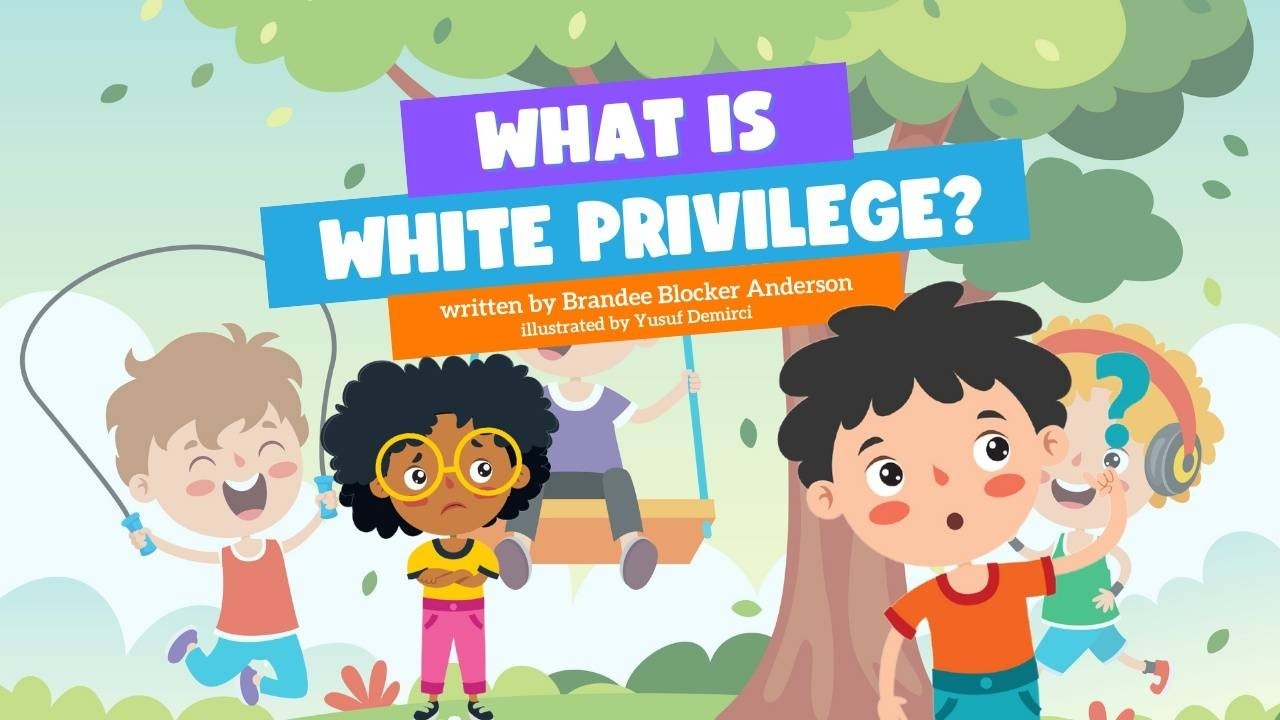Why You Should Talk to Your Kids About White Privilege

According to the American Academy of Pediatrics, children begin to internalize racial bias as early as two years old and become set in their beliefs by age twelve. This bias shows up for White children as internalized White superiority that is reified by consuming all White books, media, and educational content. As a result, White children are raised to believe that they are race-less and that people of color are “others.” It also leaves them blind to the ways that society is set up to benefit them over Black, Indigenous and other People of Color.
This is why it is vital that we talk to our kids about White privilege or the unearned advantages that White people receive because of their race.
Peggy McIntosh popularized the term “White privilege” in her 1988 essay entitled, White Privilege: Unpacking the Invisible Knapsack. In the essay, McIntosh uses the metaphor of an invisible knapsack to describe the unseen advantages that White people receive because they are White.
This invisible knapsack includes "tools, maps, guides, codebooks, passports, visas, clothes, ... emergency gear, and blank checks” that make life easier for White people. McIntosh also notes that all White people have White privilege, even if they are poor or have other marginalized identities.
Examples of White privilege include:
- Having a higher chance of receiving a callback for a job interview;
- Being reflected in the majority of children’s books;
- Not being associated with violent or criminal stereotypes;
- White children being more likely to be viewed as children than their Black counterparts; and
- Attending well-resourced segregated schools–just to name a few.
Because White privilege is invisible to most White people, it takes a concerted effort to make folks aware of how it shows up in their lives and how they can leverage it for good. But we can start this process early by teaching children about this phenomenon, so they can become the allies and co-conspirators we need to become the policymakers who will help dismantle racism.
In his best-selling book How to Be an Antiracist, Ibram X. Kendi, Ph.D. argues that we should focus on changing policies instead of trying to change the hearts and minds of people. It’s true that policies are concrete tools for dismantling systemic racism, which have clear ends and means. But policies are created by people whose policy making is influenced by the beliefs they hold in their hearts and minds.
To raise the next generation of antiracist leaders, parents and educators must ensure that kids have the language and tools necessary to avoid perpetuating the same racially biased beliefs, actions, and traditions.
To open an age-appropriate dialogue with your kids about White privilege, check out a book I wrote entitled, What is White Privilege? This rhyming book uses easy-to-understand illustrations and examples to explain what White privilege is and strategies for leveraging White privilege to help dismantle racism and White supremacy.


